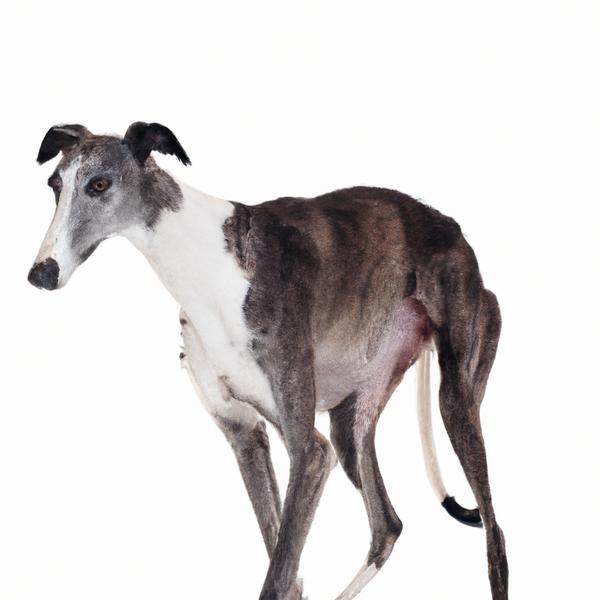Greyhound vs. Scottese: Breed Differences and Similarities
Hypoallergenic
Are Greyhounds or Scotteses hypoallergenic, or neither?
Unfortunately, the Greyhound is not hypoallergenic, making it not a good choice for a dog lover who suffers from pet allergies.
While no dogs are truly 100% hypoallergenic, Scotteses are about as close as it gets, making them an ideal pet if you are an allergy sufferer.
Temperament
What are the personalities of Greyhound and Scottese dogs?
Intelligent
Affectionate
Outright
Tempered
Gentle
Athletic
Quiet
Active
Playful
Independent
Alert
Intelligent
Responsive
Docile
Quick
Gentle
Tempered
Sweet
Selfish
Easygoing
Shedding Level
Do Greyhounds shed more than Scotteses, or which breed sheds more, Greyhounds or Scotteses?
Greyhounds are moderate shedders, but regular brushing can reduce shedding and maintain coat health.
Scotteses shed very little hair, making them a great choice for those who dislike excess hair in the house.
Origin
What is the origin of Greyhound and Scottese dog breeds?
Egypt
United States
Ancestry
What are the origins of Greyhound and Scottese breeds?
Arabian Sloughi
Scottish Terrier and Maltese
Date of Birth
When were Greyhound and Scottese breeds first developed?
Ancient Times
2000's
Eye Color Possibilites
What are the eye colors of Greyhound and Scottese dogs?
Brown
Brown
Nose Color Possibilites
What are the natural nose colors of Greyhound and Scottese?
Black
Black
Coat Color Possibilites
What are the natural colors of the coat for Greyhound and Scottese breeds?
Black
Gray
Red
Cream
Fawn
Blue
Silver
White
Pied
Brindle
Brindle
Fawn
Black
White
Coat Length
What is the typical coat length for Greyhound and Scottese breeds?
Greyhounds have short coats.
Scotteses have longer coats compared to most dogs.
Coat Density
What is the density of the coat of Greyhound and Scottese?
Coat Texture
What is the hair texture of Greyhound and Scottese?
Straight
Litter Size
What is the usual litter size for Greyhound and Scottese?
A Greyhound can have a litter of 10-13 puppies on average. However, it's worth noting that the size of the litters can vary greatly. Factors that can influence litter size include the health of the mother, breeding history, and genetics.
A Scottese can have a litter of 3-5 puppies on average. However, it's worth noting that the size of the litters can vary greatly. Factors that can influence litter size include the health of the mother, breeding history, and genetics.
Adaptability
Greyhounds are highly adaptable and versatile, making them excellent companions for families and individuals of all lifestyles.
Scotteses are known for their adaptability and can adjust well to different environments and lifestyle changes.
Health Issues
Between Greyhound and Scottese, which breed is more prone to health problems?
While the Greyhound breed is generally healthy, occasional vet check-ups are still necessary to address any health concerns.
Scotteses typically have low vet costs due to their good health, but it's important to monitor their health and seek vet care when necessary.
Major Concerns
What are the major health concerns for Greyhound and Scottese breeds?
Osteosarcoma
Bloat
Mono/Bilateral Cryptorchidism
Von Willebrand's Disease
Patent Ductus Arteriosus (PDA)
Craniomandibular Osteopathy (Lion Jaw)
Minor Concerns
What minor health issues should be kept in mind when owning Greyhound and Scottese?
Hyperthyroidism
Deafness
Pulmonic Stenosis
Hydrocephalus
Hemophilia
Portosystemic Shunt
Shaker Dog Syndrome
Occasional Tests
What occasional tests are recommended for Greyhound and Scottese breeds?
Blood Test
Thyroid Tests
X-Rays
Physical Examination
Complete Blood Profile
Brain Auditory Evoked Response (BAER)
Internal Imaging (x-ray, CT scan, MRI, etc.)
Blood And Urine Analysis
Regular Full Physical Examination By Veterinarian
Ear Tests and Myringotomy Tests
Blood Chemistry
Eye Examinations (both internal as well as external)
X-rays of various parts of the skeletal system
Dental and Oral Examinations
Echocardiography (ultrasound)
Social Needs
Greyhound vs Scottese social needs comparison
Greyhound has average social needs and is less independent than other breeds.
Scottese has very high social needs and requires regular mental and physical stimulation, a job or purpose, and companionship.
Sleeping Need
Which of the two sleeps the most/least: Greyhound or Scottese?
Greyhounds are known for their relaxed and calm nature and enjoy long periods of sleep.
Scotteses have moderate energy levels and typical sleep patterns of 12-14 hours per day.
Mouthiness
Mouthiness Comparison: Greyhound vs Scottese?
Roaming urge
Greyhound vs Labrador: Running away tendency?
Prey Drive
Greyhound or Scottese - which breed has a higher level of prey drive?
Activity Level
Which breed has higher energy, Greyhounds or Scotteses?
Both Greyhound and Scottese are medium-energy dogs that enjoy socializing and playing with other dogs. They may engage in casual or sustained games of chase, and occasionally have bursts of barking or racing around the house.
Tolerance of being left alone
Walks per Week
How many miles should Greyhound or Scottese walk each week?
There's really no limit to how far you walk your dog as long as they're comfortable. For Greyhound, it's at least 15 miles / week. Just remember to build distance and stamina gradually over time.
There's really no limit to how far you walk your dog as long as they're comfortable. For Scottese, it's at least 5 miles / week. Just remember to build distance and stamina gradually over time.
Activity per Day
Do Greyhounds or Scotteses require more exercise?
Both Greyhound and Scottese typically require a minimum of 60 minutes of exercise each day. The exercise can be spread throughout the day and may involve high-energy activities like walking, running, and playing.
Grooming
Which breed is easier to maintain in terms of grooming, Greyhounds or Scotteses?
The Greyhound is a low-maintenance breed that doesn't require much grooming.
The Scottese requires an average amount of grooming compared to other breeds.
Brushing Frequency
What is the recommended brushing frequency for Greyhound and Scottese dogs?
Ideally, Greyhound should be brushed at least 2 or 3 times a week (preferably daily) improve shedding.
Scottese should be brushed at least once a week. Of course you can give them more frequent brushes if you find that they are still shedding a lot
Brushing Tools
What brushing tools are used for Greyhounds and Scotteses?
Pin Brush
Slicker Brush
Deshedder
Nail Clipper
Pin Brush
Dematter
Deshedder
Nail Clipper
Cups
How much food should be given to Greyhound or Scottese in cups?
For an average 65-85 pound (29 - 39 kg) Greyhound feed 3 cups daily. But, keep in mind, the amount you feed is going to be dependent on the quality of the food you are feeding.
For an average 7-22 pound (3 - 10 kg) Scottese feed 1 cups daily. But, keep in mind, the amount you feed is going to be dependent on the quality of the food you are feeding.
Daily Cost
Which breed has a higher daily cost, Greyhound or Scottese?
The average cost of a Greyhound is somewhere $2.80 - $3.20 per day.
The average cost of a Scottese is somewhere $1.10 - $1.40 per day.
Monthly Cost
Which breed has a higher monthly cost, Greyhound or Scottese?
The average per month expenses of a Greyhound is between $84 - $95. This makes an average of $1008 - $1140 per year. It will be on the higher side when the dog is still small because it will need more frequent visits to the vet, shots.
The average per month expenses of a Scottese is between $35 - $42. This makes an average of $420 - $504 per year. It will be on the higher side when the dog is still small because it will need more frequent visits to the vet, shots.
Sensitivity Level
How do Greyhound and Scottese compare in sensitivity?
This breed is sensitive to its environment and best suited for patient and understanding families with a consistent routine.
This breed is sensitive and requires gentle handling and a calm home environment.
Apartment Friendly
Which breed is more apartment-friendly: Greyhound or Scottese?
Greyhounds and Scotteses are known for being excellent apartment dogs. They are fairly active indoors and will do okay without a yard.
Child Friendly
Do Greyhounds or Scotteses have a friendlier temperament towards children?
Greyhounds make excellent family pets for kids due to their gentle, protective nature and calm temperament.
Scotteses are good with kids if socialized and trained from a young age.
Senior-friendly
Which dog is more suitable as a pet for the elderly - Greyhound or Scottese?
Cat Friendly
Do Greyhound or Scottese breeds have a better compatibility with cats?
Greyhounds are somewhat cat friendly and can be trained to get along with cats.
Scotteses are good with cats, but early training is needed to prevent chasing behavior.
Dog Friendly
Which breed is more sociable with other dogs: Greyhound or Scottese?
Greyhounds are generally very friendly towards other dogs, with a happy and affectionate temperament.
Scotteses are friendly and active companions, and can be good family pets, though their friendliness towards other dogs may vary.
Pet friendly
How do Greyhound or Scottese dogs interact with other pets?
Stranger Friendly
Which breed is more friendly with strangers: Greyhound or Scottese?
Greyhounds are highly friendly around strangers.
Scotteses are friendly but may bark at strangers, and training is easy due to their intelligence.
Playfulness
Which breed is more playful between Greyhound and Scottese?
Greyhound and Scottese have an average level of playfulness. Like other dogs, they enjoy playing, but they are not the most playful dog breed.
Trainability
How do the trainability levels of Greyhounds and Scotteses compare?
Greyhounds are popular for their ease of training and quick learning ability.
Scotteses are usually easy to train but require consistency to fully obey commands.
Compare Greyhound with other breeds
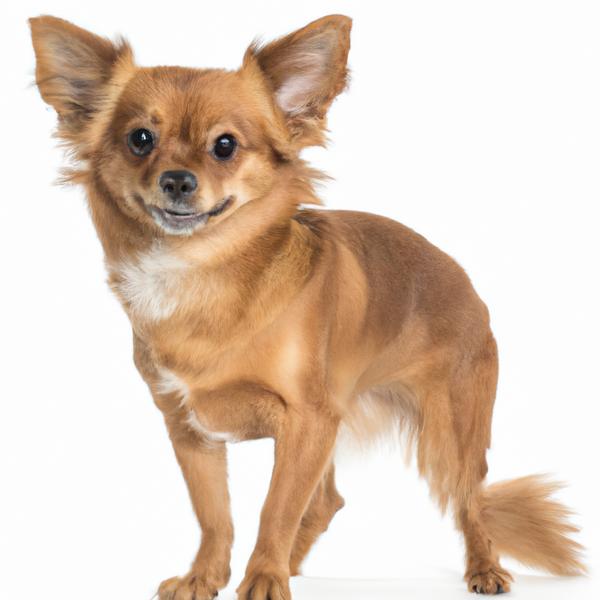
Chiwoxy
Greyhound vs Chiwoxy
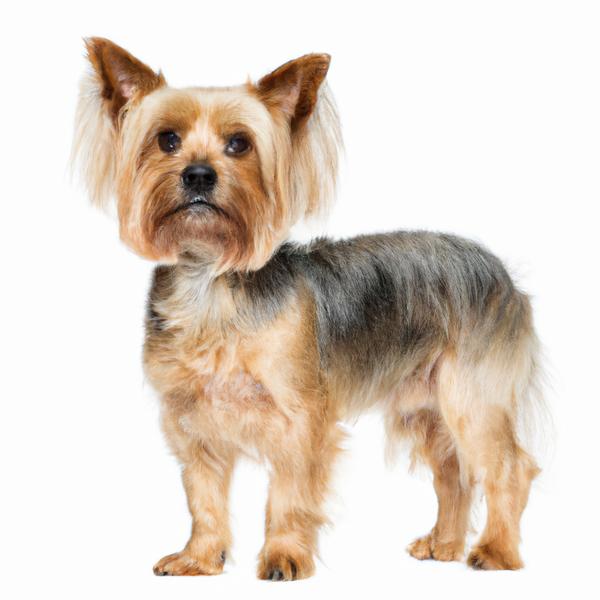
Silky Terrier
Greyhound vs Silky Terrier
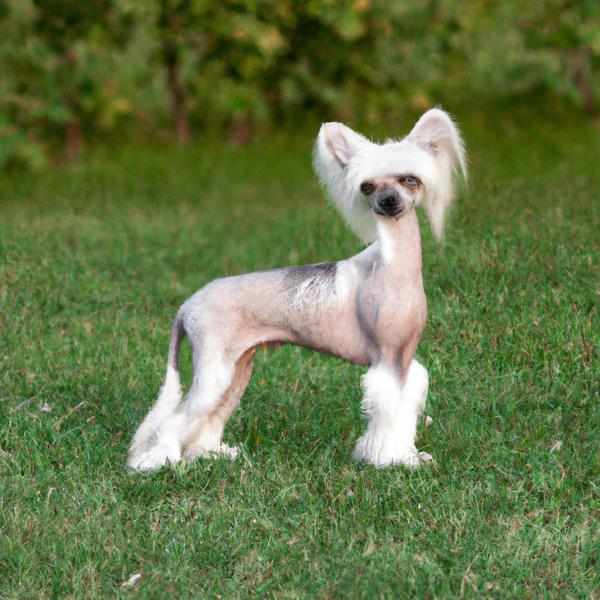
Chinese Crestese
Greyhound vs Chinese Crestese
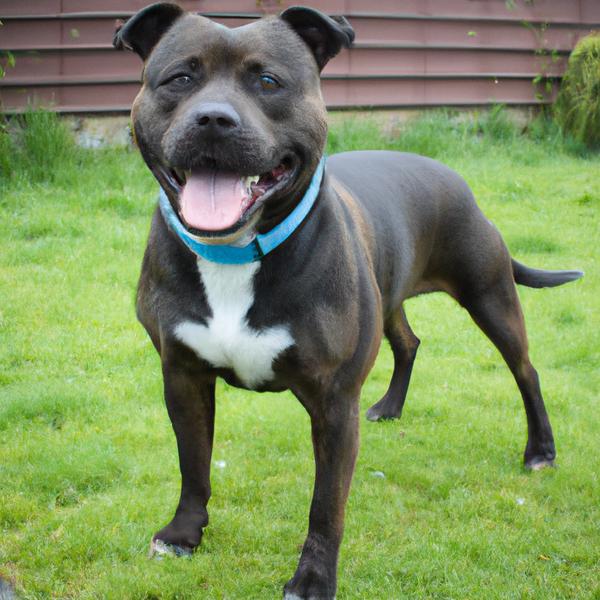
Staffy Bull Pit
Greyhound vs Staffy Bull Pit
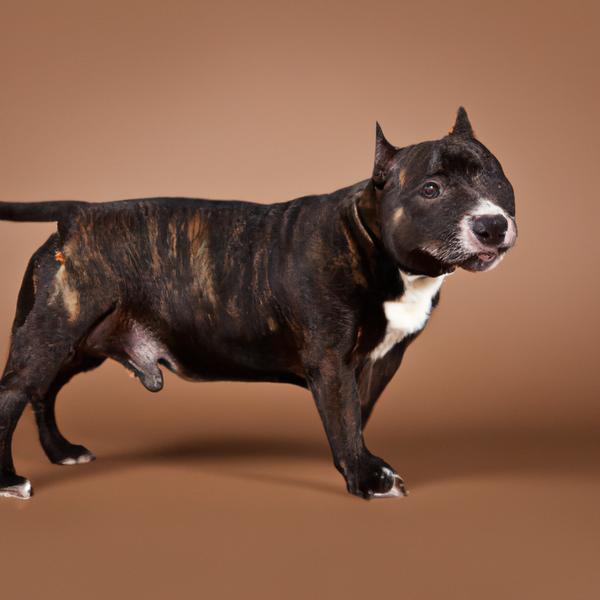
Scottish Staffish Bull Terrier
Greyhound vs Scottish Staffish Bull Terrier
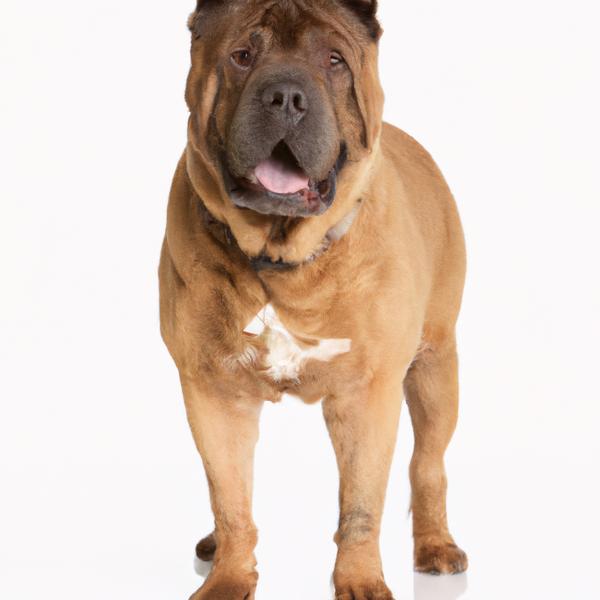
American Chow Bulldog
Greyhound vs American Chow Bulldog
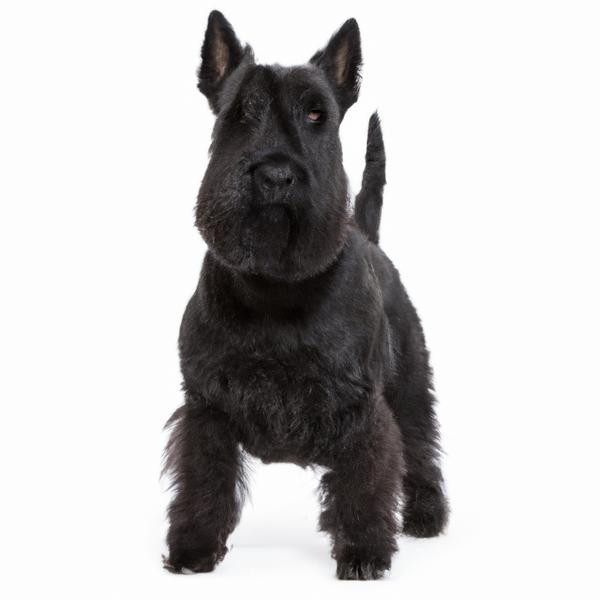
Scottese
Greyhound vs Scottese
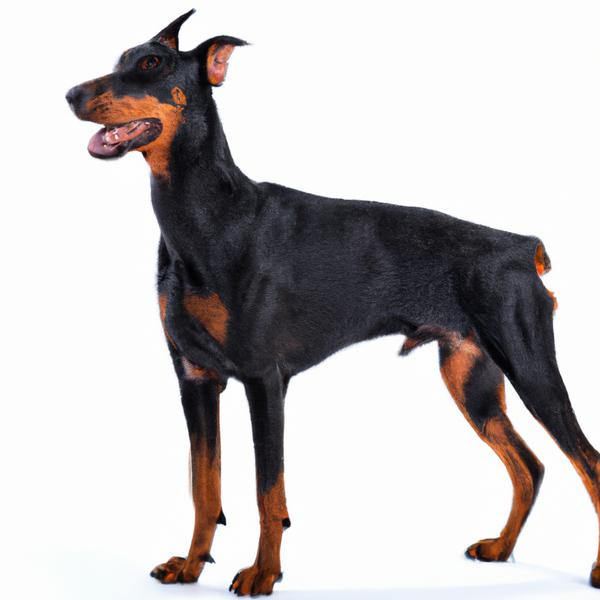
Manchester Terrier
Greyhound vs Manchester Terrier
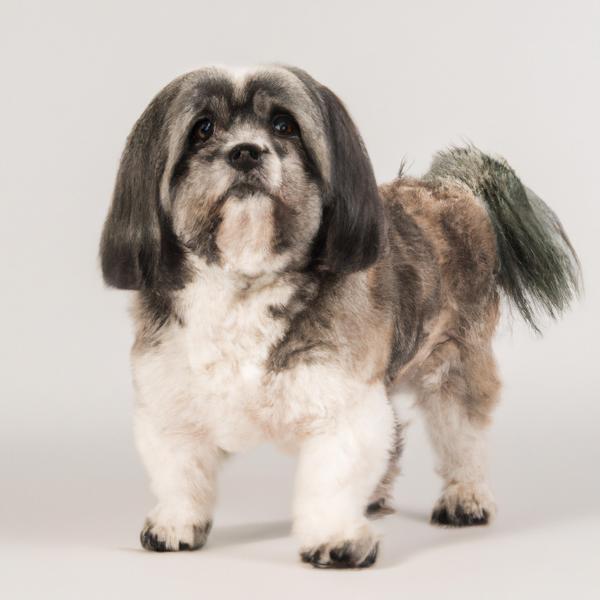
Havapeke
Greyhound vs Havapeke
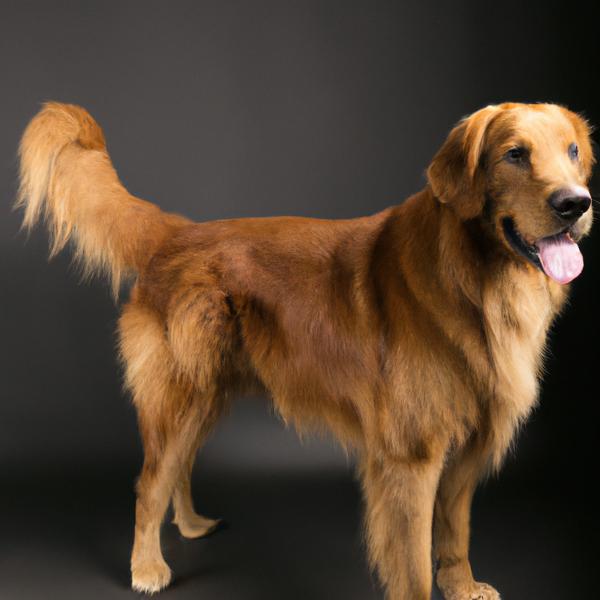
Siberian Retriever
Greyhound vs Siberian Retriever
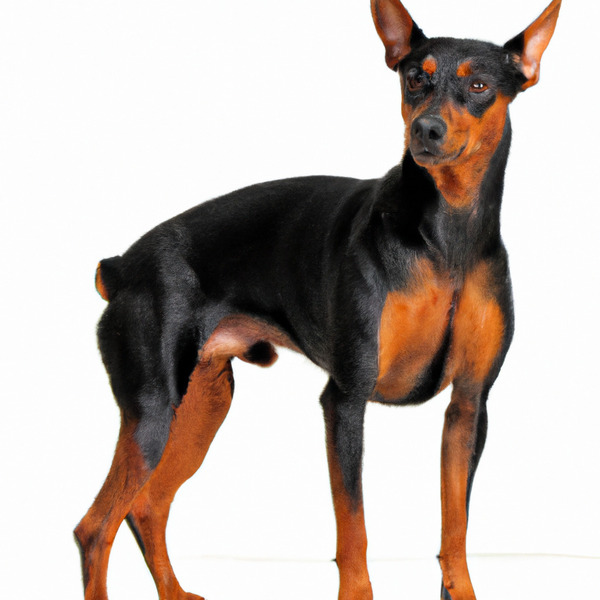
Harlequin Pinscher
Greyhound vs Harlequin Pinscher
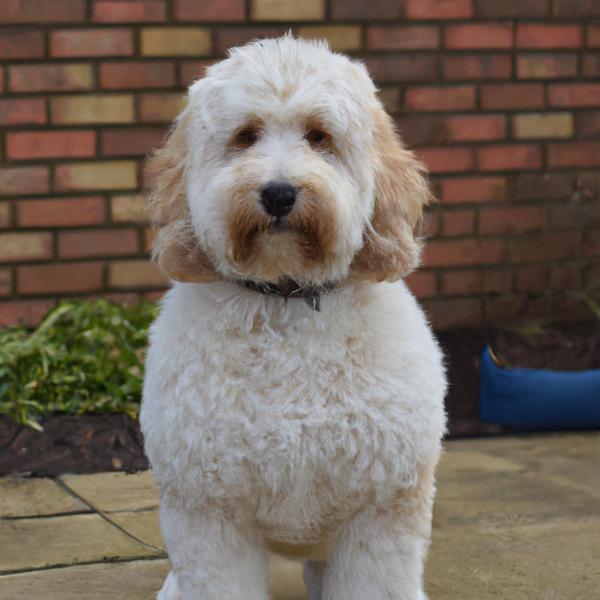
English Boodle
Greyhound vs English Boodle
